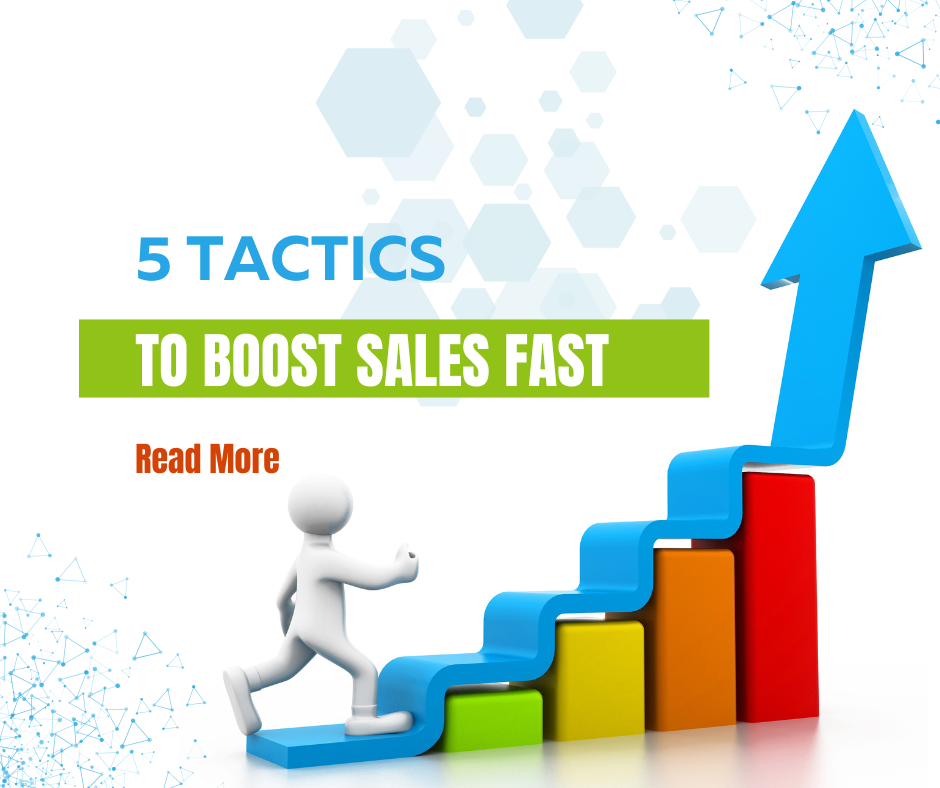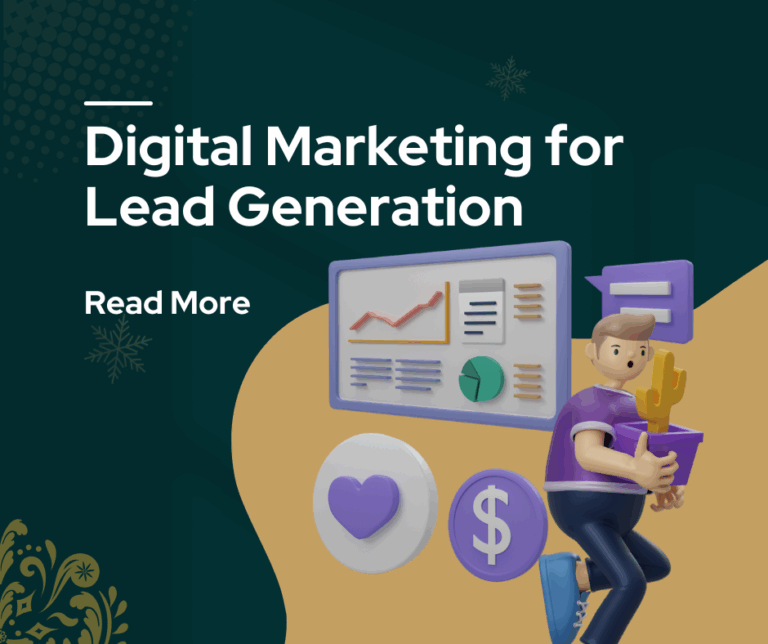Digital Marketing for Local Businesses: 5 Tactics to Boost Sales Fast
Digital marketing for local businesses has become essential for competing in today’s marketplace, where consumers increasingly rely on online research before making purchasing decisions. Local entrepreneurs and small business owners who master these digital strategies often see dramatic increases in foot traffic, phone calls, and overall revenue within just a few months of implementation.
The shift toward digital-first consumer behavior means that even the most traditional local businesses must establish strong online presences to remain competitive. Customers now expect to find business information, reviews, and services online before visiting physical locations or making purchases.
Successful local business marketing tactics combine the personal touch that makes local businesses special with the reach and efficiency that digital marketing provides. This approach allows small businesses to compete effectively against larger competitors while building deeper connections with their local communities.
This guide will reveal five proven strategies that local businesses can implement immediately to increase their online visibility, attract more customers, and boost sales without requiring massive budgets or technical expertise.
What Is Digital Marketing for Local Businesses?
Digital marketing for local businesses refers to online marketing strategies specifically designed to attract customers within a specific geographic area. Unlike general digital marketing that targets broad audiences, local digital marketing focuses on reaching potential customers in your immediate vicinity who are most likely to visit your physical location or use your local services.
The foundation of effective local digital marketing lies in understanding that local customers have different search behaviors and needs compared to general online shoppers. They often include location-specific terms in their searches, such as “near me,” city names, or neighborhood references when looking for products and services.
Local digital marketing encompasses various tactics including local search engine optimization (SEO), Google My Business optimization, location-based social media marketing, and community-focused content creation. These strategies work together to increase your business’s visibility when local customers search for relevant products or services.
The primary goal is to dominate local search results and online directories, ensuring your business appears prominently when potential customers in your area are ready to make purchasing decisions. This targeted approach typically delivers higher conversion rates and better return on investment compared to broader marketing efforts.
5 Powerful Local Business Marketing Tactics to Boost Local Sales
1. Optimize Your Google My Business Profile Completely
Google My Business (GMB) serves as your digital storefront and often provides the first impression potential customers have of your business. Complete every section of your profile including business hours, contact information, services offered, and high-quality photos of your location, products, and team.
Encourage satisfied customers to leave reviews on your GMB profile and respond to all reviews professionally and promptly. Positive reviews significantly influence local search rankings and customer decision-making, while thoughtful responses to negative reviews demonstrate your commitment to customer satisfaction.
Post regular updates, offers, and events through your GMB profile to keep your listing active and engaging. Google rewards businesses that maintain fresh, relevant content with better visibility in local search results and map listings.
2. Implement Local SEO Strategies
Local SEO ensures your website appears when people search for businesses like yours in your area. Include location-specific keywords throughout your website content, such as your city name, neighborhood, and regional landmarks in page titles, headings, and content.
Create dedicated pages for each location if you have multiple business addresses, and include detailed contact information, driving directions, and location-specific content on each page. This helps search engines understand your geographic relevance and improves rankings for location-based searches.
Build citations (online mentions of your business name, address, and phone number) across local directories, industry websites, and review platforms. Consistent information across all platforms strengthens your local search authority and helps potential customers find accurate information about your business.
3. Leverage Social Media for Community Engagement
Use social media platforms to showcase your involvement in the local community and build relationships with potential customers. Share content about local events, partner with other local businesses, and highlight your team’s community involvement to establish strong local connections.
Create location-specific content that resonates with your local audience, such as local news commentary, community event coverage, or content featuring local landmarks and culture. This approach helps you connect with customers on a personal level while improving your local relevance online.
Use social media advertising with geographic targeting to reach potential customers in your specific service area. Platforms like Facebook and Instagram allow precise location targeting, ensuring your advertising budget focuses on reaching people who can actually visit your business.
4. Develop Location-Based Content Marketing
Create blog content that addresses local issues, events, and interests relevant to your target audience. This might include local market analysis, community event coverage, or guides to local attractions that naturally incorporate your products or services.
Develop content that helps locals solve problems or make decisions related to your industry. For example, a local HVAC company might create content about preparing homes for seasonal weather changes specific to their region’s climate patterns.
Partner with local organizations, charities, or events to create collaborative content that benefits the community while showcasing your business involvement. This type of content often generates natural backlinks and social sharing from community members.
5. Implement Email Marketing with Local Focus
Build an email list of local customers and prospects by offering location-specific incentives, such as exclusive local event invitations, community newsletters, or locally-relevant tips and advice related to your industry.
Segment your email list based on customer location if you serve multiple areas, allowing you to send targeted messages about location-specific offers, events, or news. This personalization increases engagement rates and conversion potential.
Create email campaigns that promote local events, seasonal offers, or community initiatives your business supports. Local customers appreciate businesses that contribute to their community and are more likely to support companies that demonstrate local commitment.
Essential Tools for Local Digital Marketing Success
Google Analytics and Google Search Console provide crucial insights into your local digital marketing performance, showing which keywords drive traffic, how customers find your business online, and which pages perform best for local searches.
Local SEO tools like BrightLocal, Whitespark, or Moz Local help monitor your business listings across multiple directories, track local search rankings, and identify opportunities to improve your local online presence.
Social media management platforms such as Hootsuite, Buffer, or Later enable you to schedule posts, monitor local conversations, and manage multiple social media accounts efficiently while maintaining consistent community engagement.
Review management tools like ReviewTrackers or Podium help monitor online reviews across multiple platforms, automate review requests, and respond to customer feedback promptly to maintain a positive online reputation.
Common Mistakes in Local Digital Marketing and How to Avoid Them
Many local businesses make the mistake of neglecting their Google My Business profile after initial setup. Your GMB profile requires ongoing maintenance, regular updates, and active review management to maintain optimal performance in local search results.
Another common error is using generic, non-location-specific content across all marketing channels. Local customers want to see that you understand their specific needs, challenges, and community culture, which requires tailored content and messaging.
Some businesses focus too heavily on online reviews while ignoring the importance of actually delivering excellent customer service. Sustainable success requires consistently meeting or exceeding customer expectations, not just managing online reputation after the fact.
Many local businesses also make the mistake of trying to compete on a national level instead of dominating their local market first. Focus your limited resources on becoming the go-to business in your immediate area before expanding to broader markets.
Finally, avoid inconsistent business information across different online platforms. Ensure your business name, address, phone number, and hours are identical everywhere they appear online, as inconsistencies can hurt your local search rankings and confuse potential customers.
Frequently Asked Questions
How long does it take to see results from local digital marketing? Local digital marketing typically shows initial improvements within 30-60 days, with significant results becoming apparent after 3-6 months of consistent implementation. Google My Business optimization and local SEO changes often produce faster results than broader content marketing efforts.
What’s the most important factor for local search rankings? Google My Business optimization is typically the most critical factor, followed closely by consistent citations across local directories and positive customer reviews. These elements work together to establish your business’s local authority and relevance.
How much should local businesses spend on digital marketing? Most successful local businesses invest 7-12% of their revenue in marketing, with a significant portion allocated to digital channels. Start with a modest budget focused on Google My Business and local SEO, then expand as you see positive results and ROI.
Can local businesses compete with national chains online? Yes, local businesses often have advantages including personalized service, community connections, and the ability to create highly relevant local content. Focus on dominating local search results rather than competing nationally, where your local expertise provides competitive advantages.
Conclusion
Implementing effective digital marketing for local businesses requires focus, consistency, and genuine commitment to serving your local community. The five tactics outlined in this guide—Google My Business optimization, local SEO, community-focused social media, location-based content marketing, and targeted email campaigns—work synergistically to increase your online visibility and attract more local customers.
Success with local business marketing tactics comes from understanding that local customers value businesses that demonstrate genuine investment in their community. By combining digital marketing expertise with authentic local engagement, you can build a sustainable competitive advantage that larger competitors cannot easily replicate.
Start with one or two strategies that align with your current resources and capabilities, then gradually expand your efforts as you see results. Remember that digital marketing for local businesses is a long-term investment that builds momentum over time, creating sustainable growth and stronger community relationships that benefit your business for years to come.
Digital Marketing for Lead Generation: Get More Leads Without Cold Calling Read More.






